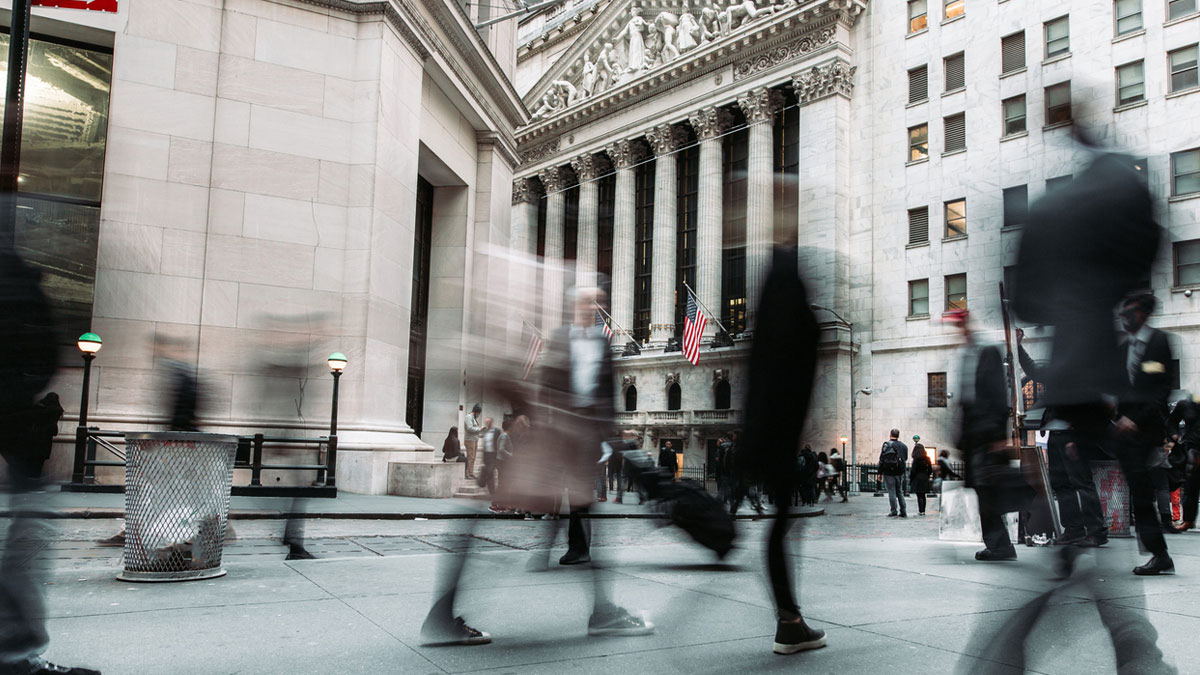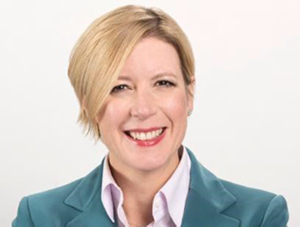Stories
U.S. Bank chief investment officer, chief economist share economic outlook

Eric Freedman and Beth Ann Bovino provide a read on what to expect in the economy and the markets heading into the second half of the year
What are you watching?

Beth Ann Bovino, U.S. Bank chief economist: With signs that the U.S. economy appears to be gliding into a soft landing, the focus is all about interest rates and when the Federal Reserve (which sets them) will start cutting them. There are several factors that will play into this decision: the job market, wage growth, inflation, the real estate market, and consumer and business spending. The Fed is looking for “greater confidence” that inflation is moving sustainably to 2 percent before cutting rates.
The most recent jobs report (June) showed another month of solid growth. However, the unemployment rate surpassed 4 percent for the first time since November 2021, and wage gains have been slowing – two signs indicating that the jobs market is moving into better balance and inflation is coming down enough for the Fed to begin cutting rates.
We keep hearing that inflation is slowing but it sure doesn’t seem like it – groceries are still pricey, dining out is expensive, and interest rates for mortgages and auto loans are still high. What gives?

Eric Freedman, chief investment officer for the U.S. Bank Asset Management Group: We are seeing selective signs of slowing, but inflation has not been falling in a uniform fashion. Airfares, car rental prices and hotel room rates dropped in the most recent inflation report, prices at the pump fell despite the high-demand summer driving season and some major retailers have begun cutting prices.
New data shows that apartment rents have been cooling for months in some cities, but the risk is that housing costs remain elevated. While the most recent inflation data in June showed that prices were flat from April to May, prices are still up roughly 3 percent from a year ago.
In addition, despite record-high interest rates the past few years, consumers and businesses have been resilient and continue their spending trends. Several reasons underpin this, but namely it’s driven by a strong job market and wage growth.
In addition, a lot of Americans locked in mortgages when interest rates were low, so they aren’t feeling the pinch as much as renters or homebuyers who bought when rates were high.
At the beginning of 2024, many predicted the Fed would cut interest rates up to six times. What happened?
Freedman: From 2000 through 2020, inflation never exceeded 4 percent, and in the previous decade (prior to 2021), living costs grew at a rate of 2 percent or less in most years. That changed in 2021, as inflation surged – driven by higher costs for food, energy and housing.
The Fed focused on reducing inflation with a series of 11 interest-rate hikes between March 2022 and July 2023. Inflation has slowed considerably from its peak in 2022, prompting the Fed to consider multiple rate cuts in 2024. However, inflation’s stickiness has dampened expectations for rate cuts in the near term.
The most recent Consumer Price Index report found that inflation slowed slightly in May, and the Fed’s preferred inflation gauge, the Personal Consumption Expenditures index, most recently registered at 2.8 percent.
The Fed has reiterated a 2 percent inflation rate target; right now we’re around the 3 percent level. Inflation is slowing, but it’s still high.
While we don’t think the Fed needs to see 2 percent inflationary data before cutting interest rates, we’re in a “higher for longer” interest-rate situation.
Fed officials are watching the data closely for evidence that inflation is slowing as fast as they want it to.
Bovino: We did not think the Fed would be as accommodative as markets expected, given still-sticky inflation amid a strong economy. Indeed, the Fed has signaled that they are now willing to wait even longer than they earlier thought.
While it seems the economy is still able to withstand “higher for longer,” as we expect, the risks of a Fed “overshoot” remain our No. 1 concern for the economic outlook.
How does “higher for longer” affect consumers? Businesses?
Freedman: We liken interest rates to a resistance ramp on a treadmill. The longer the ramp remains elevated, the more likely the runner (consumers and businesses) will slow down. Spending is already starting to slow; lower-income Americans are switching to cheaper options, cutting out the “nice to haves” like dinners out, and putting more on credit. They are more cautious with their spending, and more value-oriented.
Bovino: “Higher for longer” has been a burden for everyone. Debt is climbing higher among people of all income brackets. But lower-income consumers are feeling much more pain. They felt the pain from the disease, which is higher inflation. And now they feel the pain from the cure, which is higher borrowing costs.
Households on average spend about 10 percent of their income on debt payments — but for lower-income people, it’s more than 20 percent.
Higher-income consumers, on the other hand, are propping up the economy. They have more disposable income, most of their debt is in mortgages and they have benefited from a strong stock market.
When do you think the Fed will cut rates?
Bovino: We have been thinking that the Fed would cut rates twice in 2024, but there’s risk that they may be even less forthcoming with rate cuts this year. We wouldn’t be surprised with one and done. It’s amazing given that markets were expecting six rate cuts at the beginning of the year.
Given the most recent economic data – the stronger-than-expected jobs report, wage growth, still-elevated inflation – we now think that July is off the table for a rate cut. But while the door seemed to be closing for September as well, softer inflation data in April and May has kept the door open for now. It all depends on the economic data we’ll see over the next few months and if it is enough to convince the Fed to cut rates.
If I want to invest money right now, what do you recommend?
Freedman: This may be a good time to move money out of cash and invest in assets like domestic large-cap stocks and real assets like gold and silver. The stock market has been on an upswing since late 2022, and we see potential further gains in asset classes like information technology and consumer discretionary stocks (things that most consumers consider non-essential, like vacations, vehicles, furniture and appliances).
The persistent inflationary environment creates some challenges for bond investors, so we recommend that investors tilt their portfolios toward equities and real assets, and away from traditional fixed income.
How will the upcoming election affect the markets?
Freedman: Our investment strategists recently studied market data from the past 75 years and identified patterns that repeated themselves during election cycles.
They found that potential election outcomes have minimal impact on financial market performance in the medium to long term.
They also found that market returns are typically more dependent on economic and inflation trends rather than election results. Markets are awaiting more policy plan specifics on issues like spending, taxes and regulation, all of which can have implications for inflation and growth.
Tags:
Media center
Press contact information, latest news and more
Learn more
Company facts, history, leadership and more
Work for U.S. Bank
Explore job opportunities based on your skills and location
